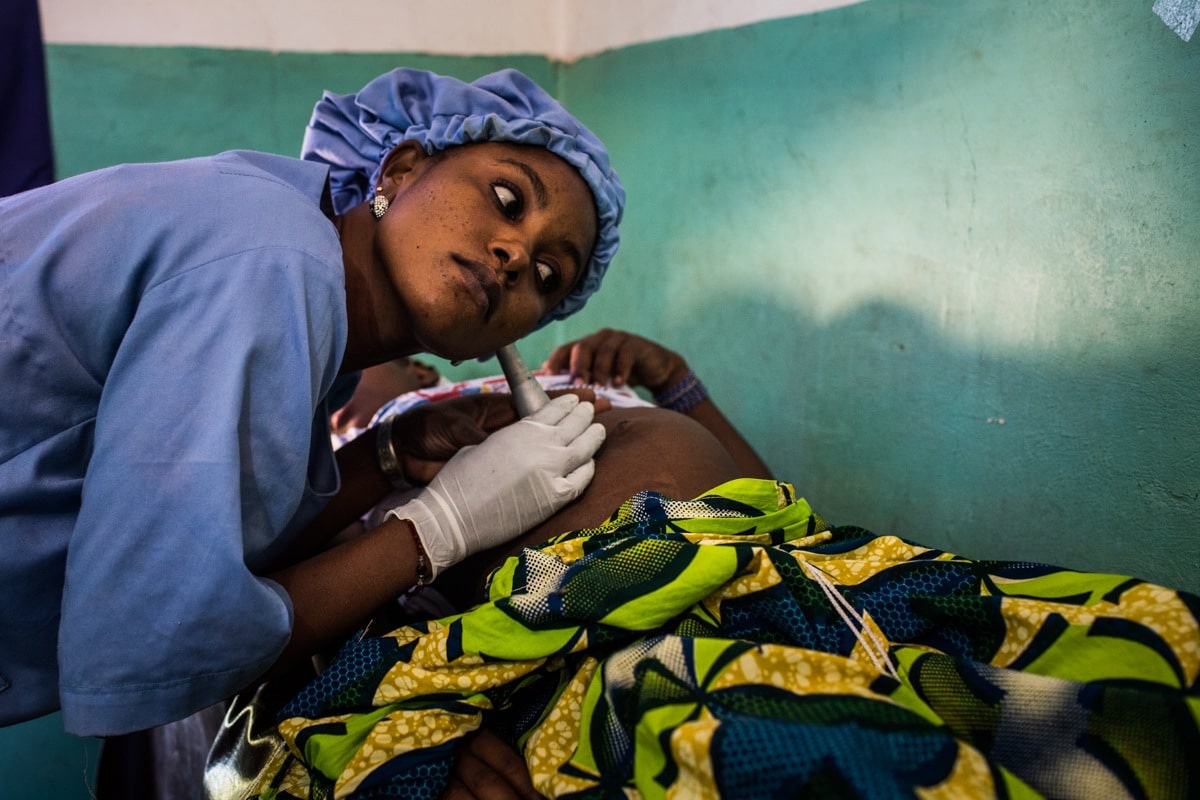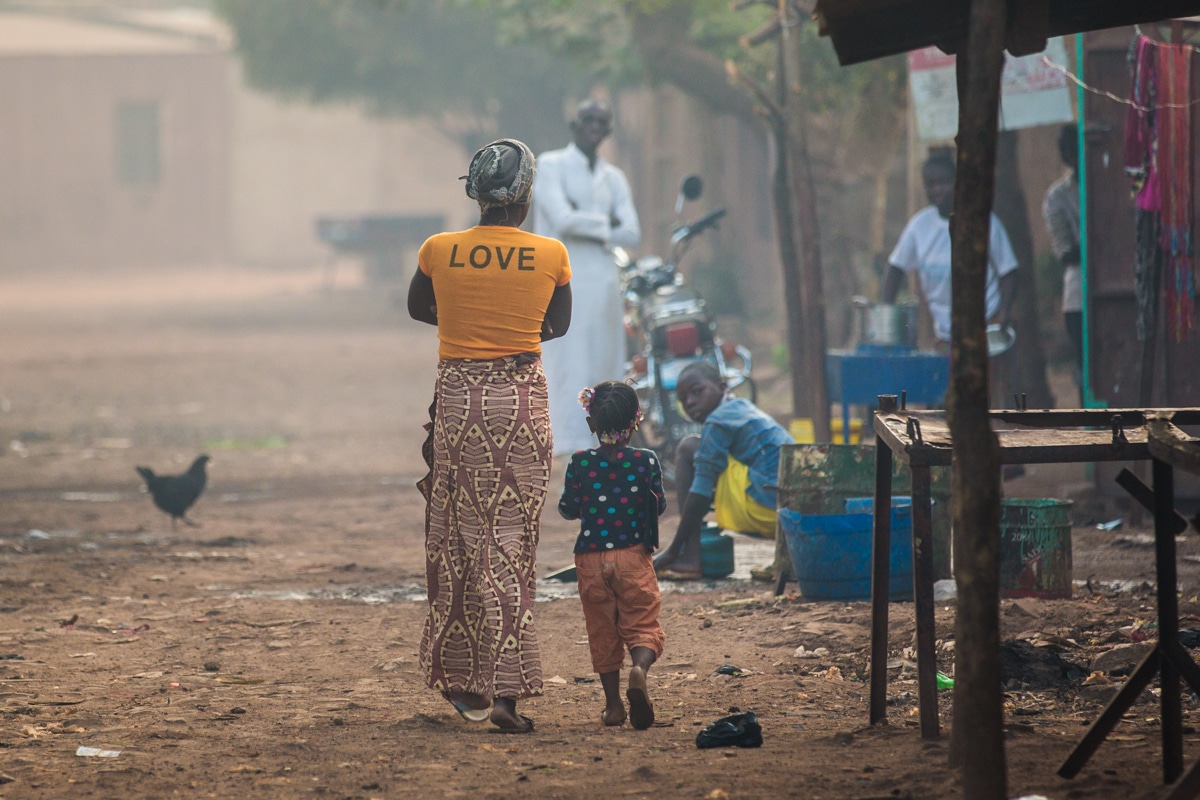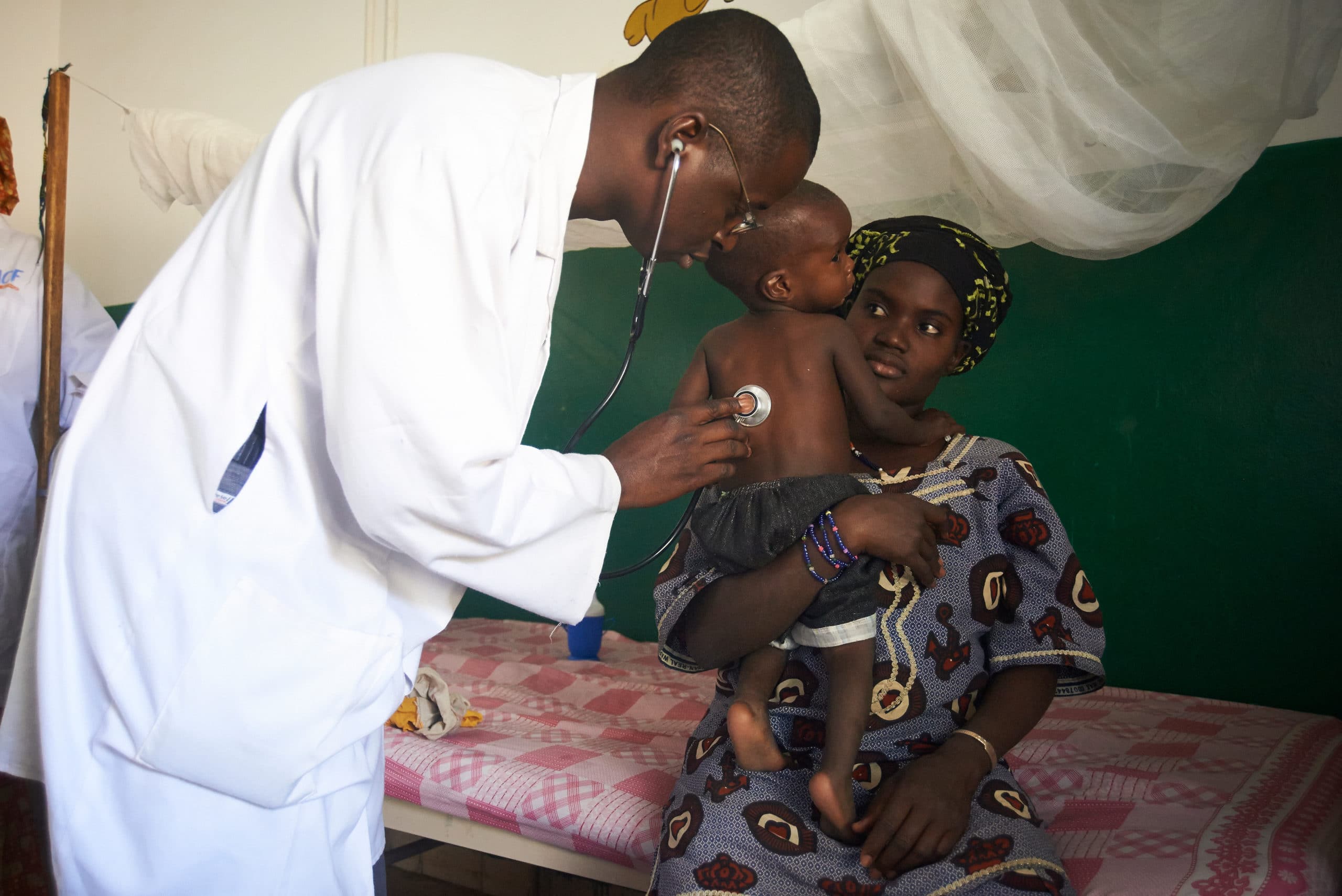mali

mali, AN OVERVIEW
Mali has 19.1 million inhabitants, more than 74% of them in rural areas. With its low-income, poorly diversified economy vulnerable to commodity price fluctuations, the poverty rate is particularly high.
Between 2011 and 2015, the extreme poverty rate reached 47.2% because of the security crisis and then fell slightly (42.7%) from 2019 as a result of exceptionally high agricultural production in the past four years. Poverty is concentrated in the rural areas in the south of country (90%), where the population density is the highest.
Its strong population growth (with a fertility rate of 6 children per woman in 2017) and climate change pose major risks for agriculture and food security.
mali IN FIGURES
- Total population 2020* : 19.1 M
- Very young* population* :
- 33% aged between 10 and 24
- 48% aged under 15
- Population growth rate* :
- 3% per year in Mali
- 1,1% per year in global terms
-
Fertility rate of women aged 15-49 (2015-2020)* : 5,9 children per woman
-
TContraceptive prevalence rate of women aged 15 to 49 (2018)* :
– 16% all methods
– 15% modern methods
- Maternal mortality ratio (2017)** : 562 deaths per 100,000 live births
- Rate of early marriage* : 40% of adolescents aged 15 to 19 married
- Early pregnancies* : 66,2% of adolescents under the age of 19 pregnant or have given birth
- Unmet family planning needs* : 26% of women aged 15 to 49

MALI
THE FRENCH MUSKOKA FUND IN mali
Read about some of our high-impact interventions:
Improving Emergency Obstetric and Newborn Care

Improving the blood transfusion system in Mali has saved lives. The French Muskoka Fund helped improve and strengthen the blood collection and storage system in the National Blood Transfusion Center and in hospitals in Mopti and Gao.
This is a high-impact activity: blood transfusions are a life-saving treatment for hemorrhage during childbirth, which is responsible for a third of maternal deaths. Health facilities that cater for a population of a million inhabitants are potentially responsible for 50,000 pregnant women. In a country where the maternal mortality rate is 562 deaths per 100,000 live births, 300 of these women will die every year due to pregnancy- and birth-related complications. Of these 300 women, 100 will die from hemorrhaging. In light of this, an operational blood transfusion system will avoid 100 maternal deaths every year.
Responses to crisis situations

The north of Mali has seen massive population displacement and is affected by very limited access to health care. Muskoka agencies were mobilized to ensure continuity of care in health districts and hospitals in the regions of Gao, Timbuktu, Kidal, Mopti and Ségou.
Multidisciplinary teams responsible for reproductive, maternal, newborn and child health were deployed in the conflict zones. In total, 217 specialists were sent into the field, including 30 midwives and obstetric nurses, 8 obstetrician-gynecologists and 26 staff from the Expanded Programme on Immunization. As a result of these interventions, some health centers that were ransacked during the occupation of the north were able to reopen and ensure continuity of services. Urgent drugs (kits) and other medical and non-medical products were also supplied.
The fight against gender-based violence

Four studies were conducted on violence in hospital settings and the results used to enhance training modules for health care staff and inspire national strategies to improve reception in health services.
In Mali, Senegal, Chad, Togo and Niger, around 700 community leaders were given training and guidance on their roles and responsibilities in the fight against gender-based violence, discriminatory practices and maternal and child mortality by community committees working to prevent maternal, newborn and child morbidity and mortality, established with the help of some of the mayors.
Equitable access to qualified health care staff

However, increasing midwives’ level of training has not helped resolve the problem of a lack of midwife availability in rural areas. It is therefore envisaged that the rural pipeline strategy will be extended to most regions in Mali.
This strategy has been successfully implemented in the Gao region: it involves training young people and women, recruiting them and keeping maternal, newborn, child and adolescent health care teams in rural and disadvantaged areas.
KEY RESULTS
%
reduction in newborn mortality between 1990 and 2018 in Mali
%
reduction in under-five mortality between 1990 and 2018 in Mali
%
increase in the rate of births attended by qualified staff between 2010 and 2017 in Mali
%
increase in exclusive breastfeeding rates in babies under 6 months in Mali
%
rate of modern contraception use by women in 2017 in Mali
stories
Maminata
Sikkasso Mali
Zeïna
Bamako, Mali
Magassi
Mali
Contact us
To contact us, complete the form below and we will get back to you as soon as possible.

